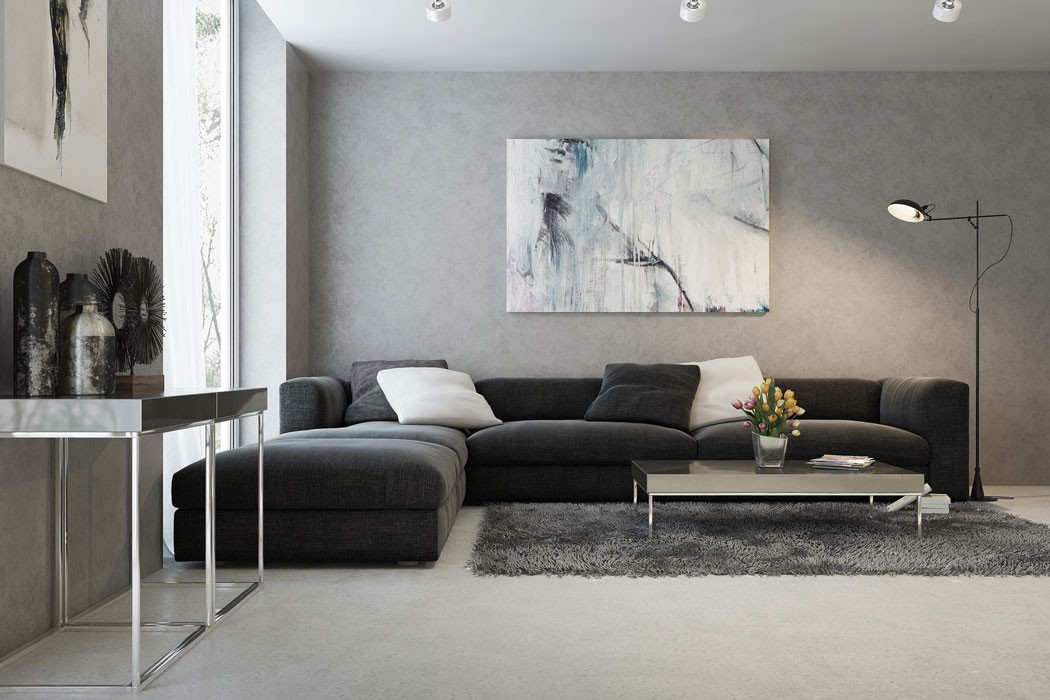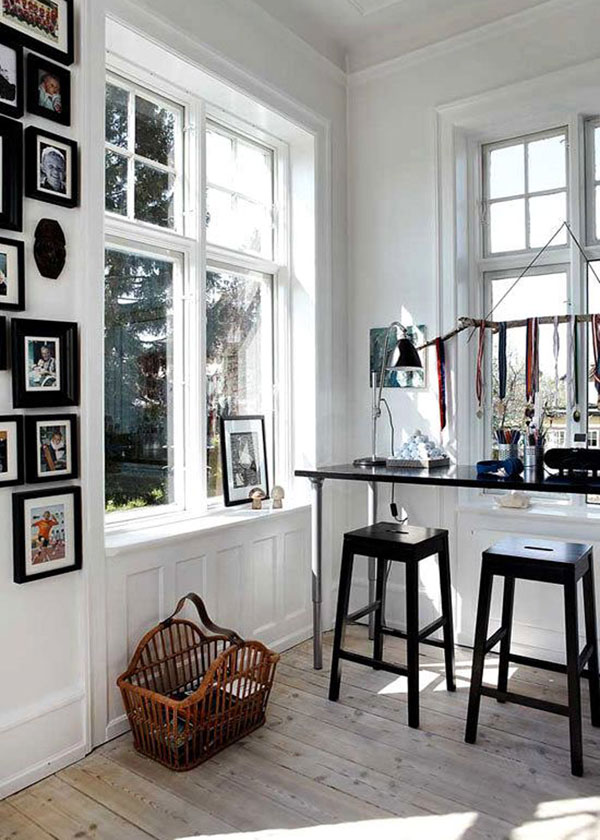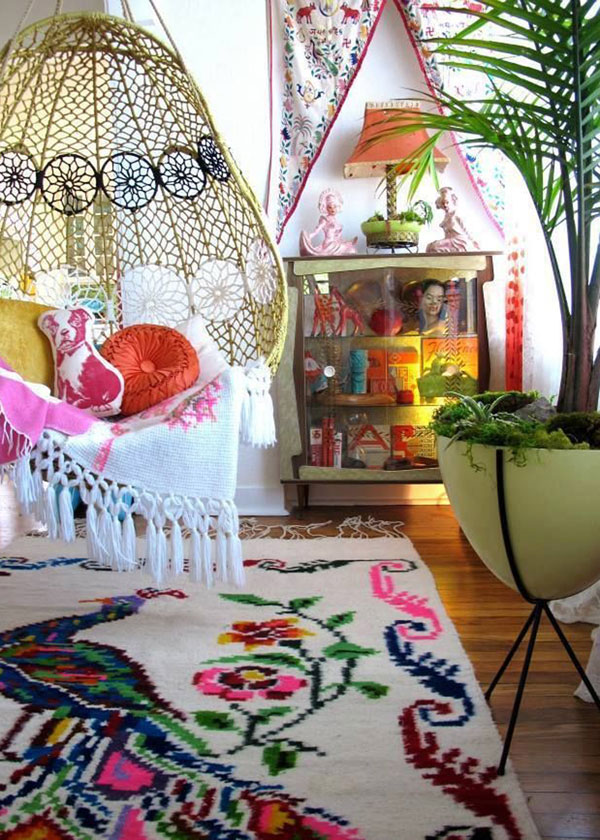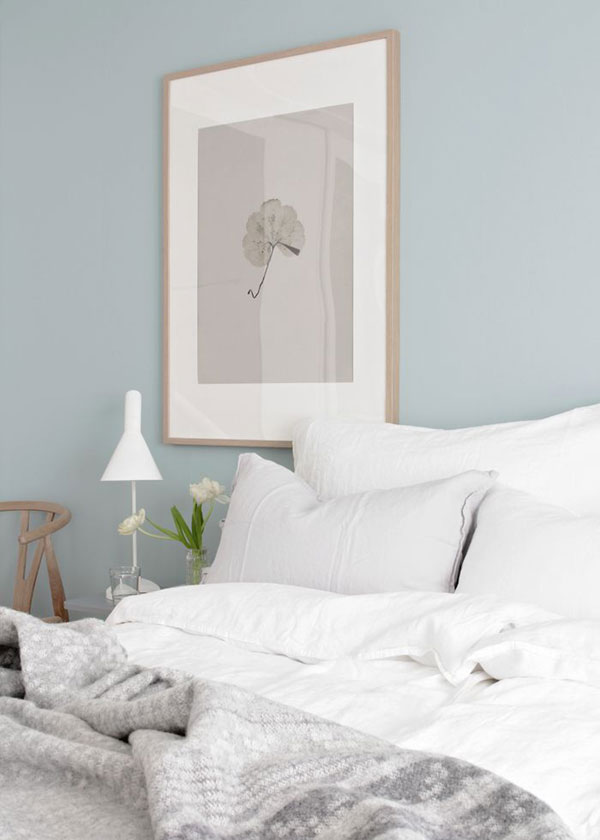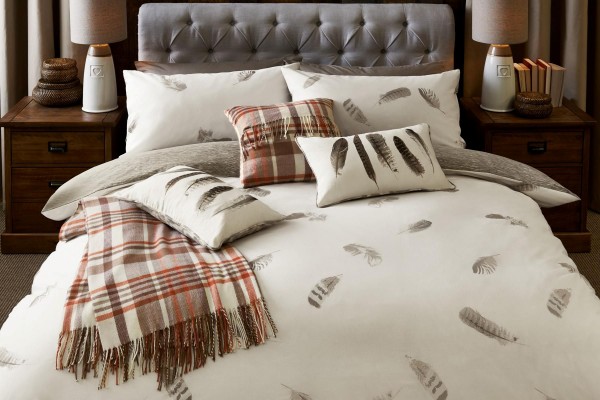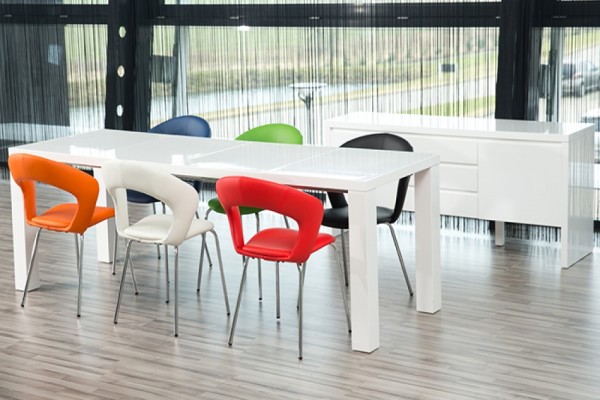Feng shui is a Chinese philosophy that involves harmonising people with their environment. In the home, feng shui involves balancing energies to maximise the health and good fortune of its inhabitants.
Feng shui comes from Taoist philosophy which holds that the land is alive, and is filled with energy or ‘chi’. The word ‘feng’ means wind, and ‘shui’ means water. Wind and water have associations with good health in Chinese culture.
Is feng shui superstitious or magical?
The answer is, definitely not! Although feng shui has attracted something of a new age following over the years, in recent times many people have accepted it as a practical way to create a healthy, happy and harmonious home.
Mastering feng shui is simply about understanding how you interact with your environment. By carefully designing your environment with the principles of natural energy flow in mind, you can create harmony and as a result, achieve specific life improvements. Feng shui is sometimes called the art of placement because how you place yourself, your furniture and your possessions within your surroundings has such a profound effect on your life experience.
Is feng shui scientific?
The Chinese discovered feng shui and have been practising it for centuries, designing their environments in a way that they believe will bring success to every aspect of their lives. However, despite its ancient roots, modern day research has revealed that many feng shui principles are grounded in science. For example, those that practice feng shui believe that chi energy has five different expressions – water, wood, fire, earth and metal. Still water can help to calm the surrounding energies, providing a feeling of renewed strength and a new beginning; whilst flowing water can help us rid ourselves of things we don’t need. This is consistent with science which tells us that water emits negative ions, and these clean the air of pollutants, helping to create a sense of well-being and mental clarity.
How do I use feng shui in my home?
Feng shui can be extremely complex and is certainly not a ‘one size fits all’ philosophy. The usual starting point is to make a bagua which is an energy map of your space and how it connects to different areas of your life. However, drawing up a bagua and understanding its significance can be tricky and time consuming. Fortunately, there are a good number of feng shui principles and concepts that you can apply straight away without having to read any complex feng shui guides.
First, it makes sense to focus on the rooms that you and your family spend the most time in. Typically, these will be the bedrooms, the living area, dining room and kitchen. Start your feng shui journey by giving your house a good tidy and clearing out things you no longer need, as clutter can interfere with the flow of energy.
Once your home is tidy and clutter-free, colour is one of the best and easiest ways to introduce positive changes to your living space. Red, orange and yellow are associated with the fire element and can symbolise energy, passion, expansion and transformation. These are fantastic choices for the kitchen or dining room, where lively conversation is desirable – but they can be too over stimulating for the bedroom.
Greens and purples (but not pastels) are tied to the wood element and thought to be beneficial for developing creative energies such as motivation, passion and inspiration. Use greens in the home office, or any area of the home where you study, plan or brainstorm.
Blues are associated with water, an element that is closely related to your career and the flow of money. Blues can also help to calm anxiety and are therefore an ideal choice for the bedroom.
Whites, blacks, greys and silvers are linked to the metal element which stimulates our intellectual ability and bolsters our mental strength, helping us to think more clearly and to focus. These shades are great choices for any room in the house, and are perfect for the bathroom where we spend a lot of time unwinding, relaxing and reflecting on the events of the day.
Finally, beiges, browns, sierra and similarly muted colours are associated with the earth element, and symbolise stability and permanence, adding to our sense of security and comfort. They are a great choice for the living room, where the family often gathers to spend time together.
Feng shui and furniture
Your furniture choices and arrangements are key to positive energy flow and there are a number of rules you can follow straight away to improve the flow of energy in any room.
In the bedroom, take care not to position furniture so that the corners are angled towards the bed (called a ‘poison arrow’). Try to place your bed diagonally across from your door as this allows you privacy and lets you see people entering the room. Don’t place the bed directly across from the door with your feet towards it – this is called the coffin position and considered the position of death. Putting your bed under the window or in front of it should also be avoided – this is where chi enters and leaves your room, and placing your bed here can cause poor sleep as the energy flows over you.
Having a high headboard behind your bed is an absolute necessity. According to feng shui expert Sarah McAllister, this gives the bed important stability that is psychologically reassuring, although mostly on a subconscious level. The Sienna Fabric bed is the perfect choice to achieve this, with its grand curvaceous headboard in plush light mink fabric.
In the living room, avoid placing furniture in a way that blocks the natural pathways. The sofa should not be placed in a floating arrangement and instead should rest against the wall. Testing this theory is one of the easiest ways to experience feng shui: just try sitting on the sofa when it is positioned in the middle of the room and notice how vulnerable and uneasy it makes you feel. When the sofa is positioned against the wall, you feel safe and secure – a principle that applies to your bed as well.
Enhancing your chi
To enhance the chi in any room, check the location of the room in relation to your house on the compass and add elements that correspond to that location. For North rooms, the element is water and an aquarium (ideally with one black and eight red fish) is the perfect addition. Pictures of waterscapes featuring waterfalls or meandering streams are also the ideal art for the wall in a North room, and metal furniture and accessories work well too, as metal draws water.
In South rooms, the element is fire, and wood furniture, candles and accessories in red, orange, pink or green will all enhance the chi. This beautiful dark solid oak lamp table is the perfect choice for arranging a display of gorgeous flickering candles to activate chi energy and create a cosy feel.
For East and South East rooms, the element is wood, and earth elements (which feed wood) are also appropriate. Choose wood bookshelves, picture frames and décor in green and brown colours like the Stockholm armchair with its restful curves, ideal for feeding energy in these rooms.
For West and Northwest rooms, the element is metal, and furniture, accessories and frames that feature metal accents are all great choices for enhancing chi.
Finally, for Northeast and Southwest rooms, the element is earth. The perfect décor for these rooms should incorporate crystals, pottery, ceramics and earth tones, like this beautifully crafted Shabli brown sofa with its soft curves and smart, simple styling.
What do you think of our guide to feng shui? Will you be giving it a go in your home?
Images sourced via Pinterest. Credits: creamylife.com, stylebyemilyhenderson.com, fengshuidana.com and home-furniture.net

